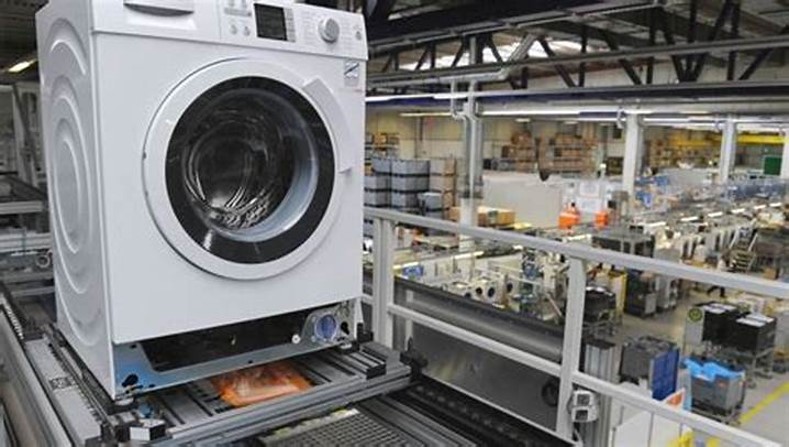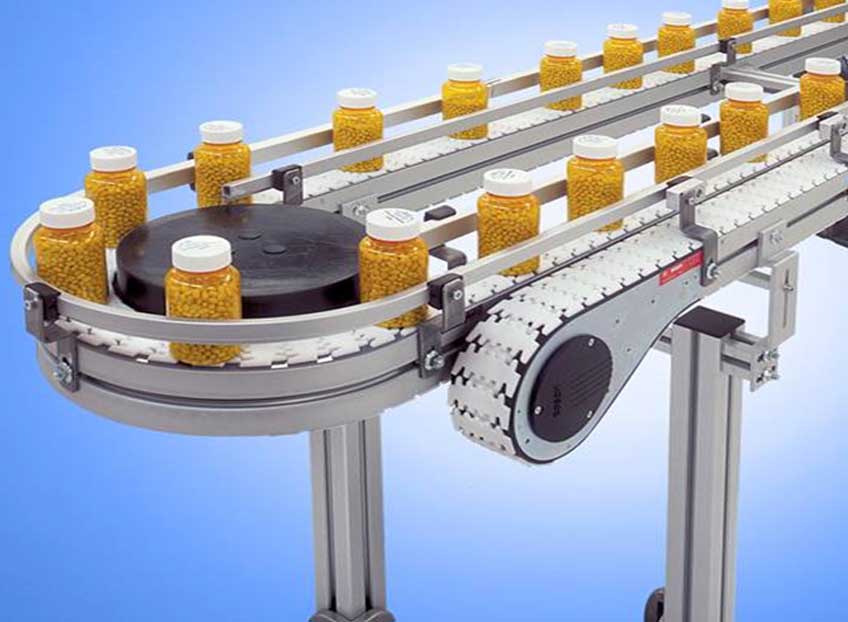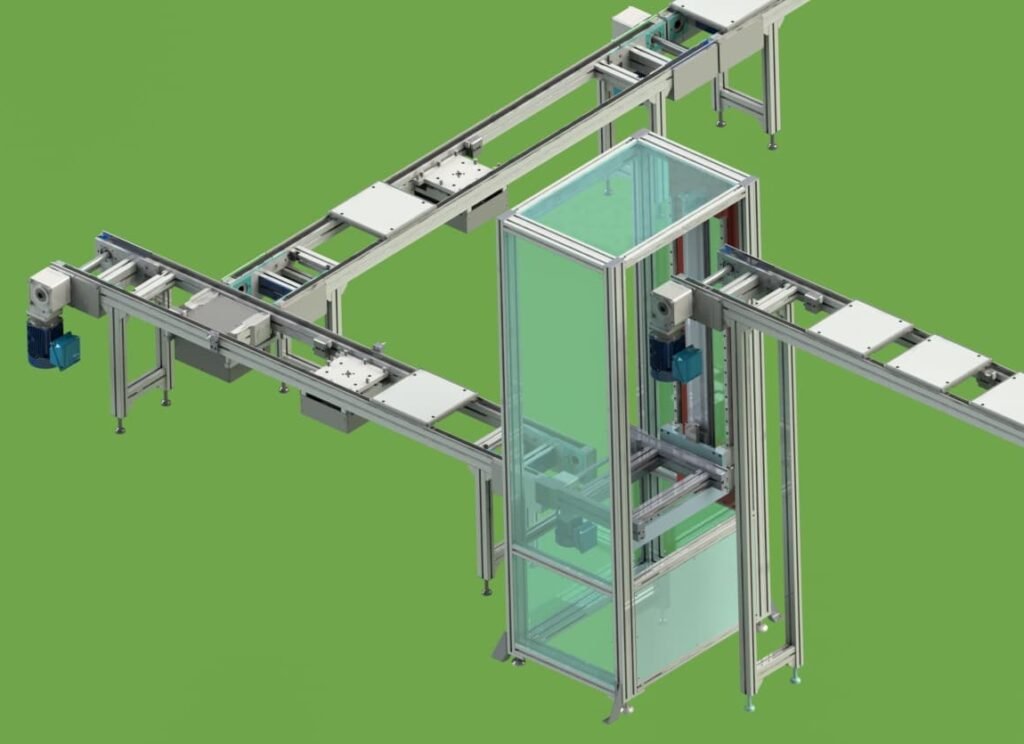A conveyor system is a mechanical device made to effectively transport materials from one place to another. It consists of a structural framework carrying either a sequence of rollers or an endless belt or chain that assists in moving commodities or materials. Conveyor systems are used in many industries such as small parcel handling and heavy load transportation in mining activities.

The Belt conveyor is the most popular type of conveying system. The latter comprises of a rubber or plastic belt usually on an endless loop rotating around two or more pulleys. Among them, there is a drive pulley which is powered by an engine for moving the belt as well as the material it carries while the other one called the idler pulley does not have any motor and only guides and stretches the belt. To reduce friction and wear on the belt, a series of rollers or slider beds support it.
Types of conveyor Systems
There are numerous kinds of conveyor systems each with several attributes and benefits. Those types are:
Belt conveyors: These are the most prevalent conveyors used in a wide range of applications.
Roller conveyors: What these do is make use of a set of rollers for translocating things on a flat surface. They function nicely with heavy materials and can be powered and vice versa.
Chain conveyors: Usage of chains to move things along tracks. They are repeatedly used in applications where there is high accuracy, such as automotive assembly lines.

Overhead conveyors: These ones hang from the roof and support moving goods over the workspace. This is often done to save space which may be limited like in warehouses or distribution centres.
A conveyor system includes some key elements that function together to move materials efficiently and dependably. These factors include:
Belts: This is what moves the material on the conveyor. Generally, a tough flexible material such as rubber or PVC forms it and may be developed to custom fit for a particular use.
Rollers: They sustain and guide the belt as it moves along the frame of the conveyor. The rollers can be made from different materials including steel or plastics and might be either powered or not.
Chains: Track chains are used in chain conveyors for moving items. They find applications where high precision is needed such as in automotive assembly lines.
Motors and drives: The motor is what powers the conveyor system thus making it possible for the drive wheel or chain to rotate. On the other hand, drive facilitates transmission of power from the motor to the chain or belt hence capable of being modified to control torque and speed of conveyer system.
Benefits of Using Conveyor Systems for Material Handling
Conveyors are a more efficient alternative to traditional material handling methods like forklifts and manual labour.
Benefits of Conveyor System:
1. Efficiency: Conveyors are able to move materials at higher speeds than forklifts or manual labor.
2. Reduced labor costs: Conveyor systems eliminate human involvement so as to cut down on labor charges as well as increase safety measures.
3. Safety: Proper use of conveyors can minimize accidents and injuries arising from tasks like lifting or carrying heavy loads manually.
4. Better ergonomics; The design of the conveyor system may enable employees to operate with ease without bending or straining themselves when reaching, thus lowering their chances of getting injured
Applications of Different Types of Conveyor Systems
Various kinds of conveyor systems have diverse applications in several sectors including small package managing to heavy-duty mining operations. Some common examples include:
Manufacturing & assembly lines
The manufacturing and assembly lines are a common application area for conveyor systems that move parts and products through the production process. They can be used for transportation of raw materials, work-in-progress or finished goods.
Packaging and distribution centres
Conveyor systems are widely used in packaging centers and distribution centers to move items from one place to another such as from the production line to the shipping area.
Airport hubs
The use of conveyor systems in airports is for moving luggage or cargo from one point to another like from check-in point to airplane.
Food processing plants
For instance, conveying systems are employed in food processing facilities which get rid of dirt by washing areas before wrapping areas.
Recycling facilities
In recycling plants, conveyors facilitate the sorting and movement of materials such as plastic bottles as well as aluminium cans during recycling.
Factors to Consider When Choosing a Conveyor System
The type of conveyor system to be used depends on the nature of the material being conveyed. For instance, lightweight materials may require a Belt Conveyor while chain conveyors may be required for large or abrasive materials.
Distance and elevation changes
Similarly, the kind of conveyor system to be used will depend on distance and elevation changes. For instance, a long-distance conveyor might need a different kind of drive system or belt than one that covers short distances.
Speed and throughput requirements
Speed and throughput requirements determine the type of conveyor system needed. For example, a low-speed conveyor may have a different motor and drive system type than a high-speed ones.
Environment and operating conditions
The environment and operating conditions under which the conveyor is being applied also determine its type. Thus when using this in wet or corrosive areas it will call for other materials as well as components unlike when this is done in dry or clean places.
Budget and maintenance needs:
The conveyor system chosen is also affected by the budget and maintenance needs of the application. Some conveyor systems may have high costs but incur reduced maintenance expenses over time while others may be less costly at the beginning but will eventually absorb greater amounts in maintenance costs.
Maintenance Tips to Keep Your Conveyor System Running Smoothly
Regular inspection and lubrication
Promote friction-free movement by regularly inspecting your conveyor system for worn-out parts such as torn belts or scorched rollers. In addition, you should reduce the wearing of moving parts through adequate lubrication.
Prompt replacement of worn parts
Hence, it is advisable that damaged components are changed within the shortest time possible so as to avoid further damage to the conveyor system. By keeping extra parts, time will be minimized.
Proper belt tracking and tension
This will prevent slippage thus reducing wear on belts and rollers.
Cleaning and removing debris buildup
Do a regular clean-up of your conveyors from any dirt or torn pieces which can bring blocking or any other damage to your machine.
Key Aspects To Know Before Starting a Conveyor System Business
A conveyor system business can be very profitable if you are an entrepreneur looking to start a business in the material handling industry.
Because of the increasing demand for automation and effective means of moving materials across different sectors, there has been a growing market for conveyor systems.
To begin with, you should research the market, identify your target customers and come up with a business plan.
It is important to note that partnering with reliable and experienced manufacturers like Vitrans is the key element in commencing a conveyor system business. It is one of the best options as they have been manufacturing pallet conveyors and pallet transfer systems for over 10 years now. There are several reasons why this could be an ideal partner for your company; they provide a variety of excellent quality conveyors at reasonable costs.
Vitrans is doing everything it can to extend its international network through the recruitment of agents and distributors into its Vitrans 2024 Distributor Partnership Program. The company`s objective, however, is to give quicker customer support as well as offer top-quality services across the globe with many benefits:
- Customer Source Protection
- Customer Referrals
- Competitive Pricing
- Prototype Display Subsidies
- Exhibition Subsidies & more.
Conclusion:
Conveyor systems used in many industries help in moving goods from one place to another in a reliable and efficient manner. Since there is a wide array of models and layouts available, almost any type of application can be served by these machines.



